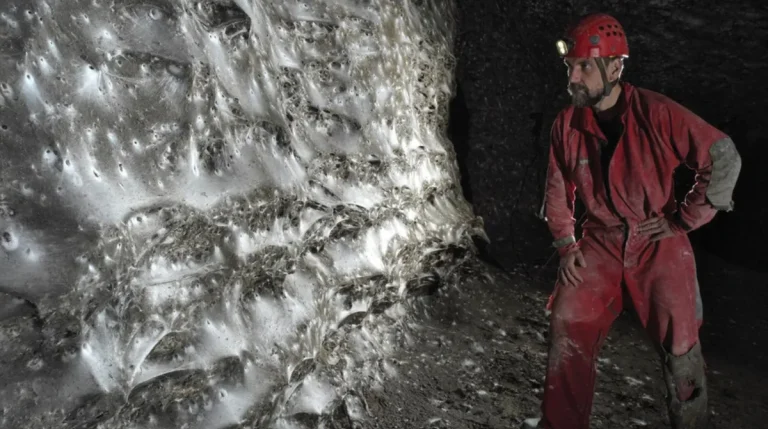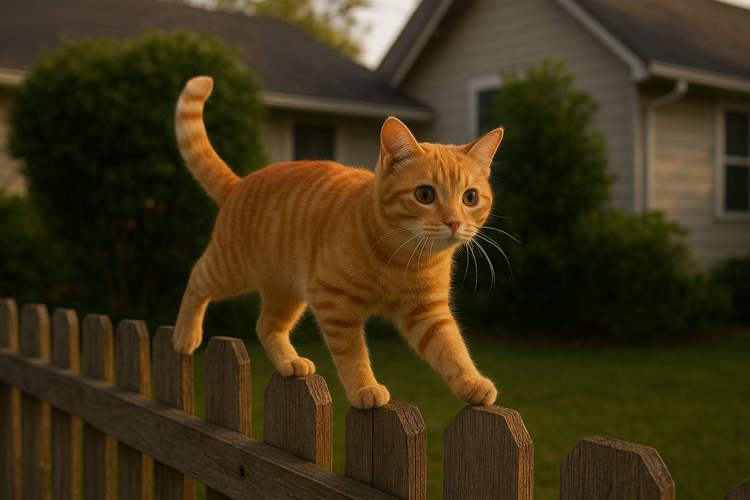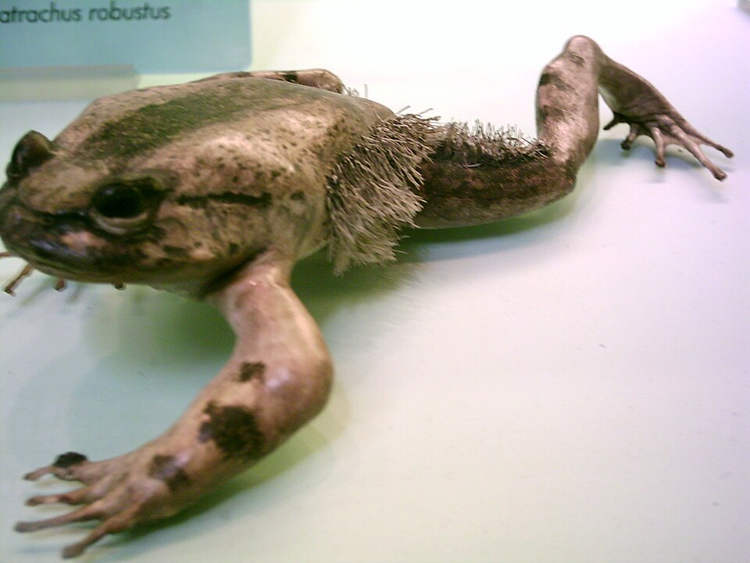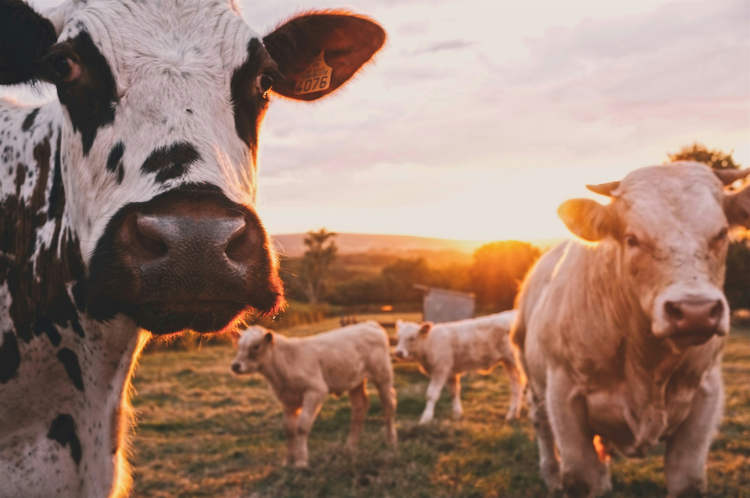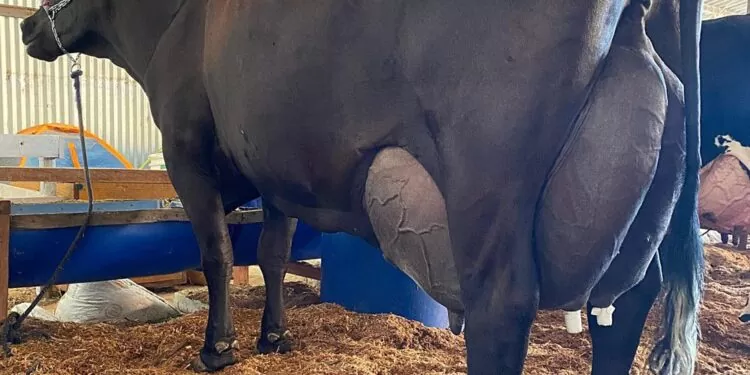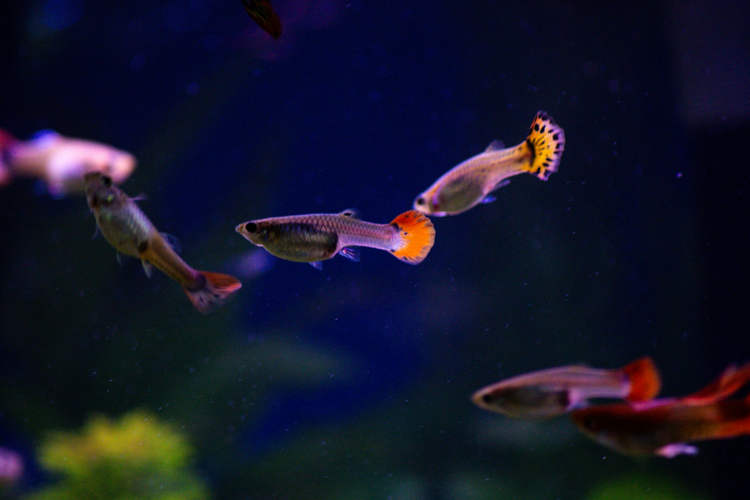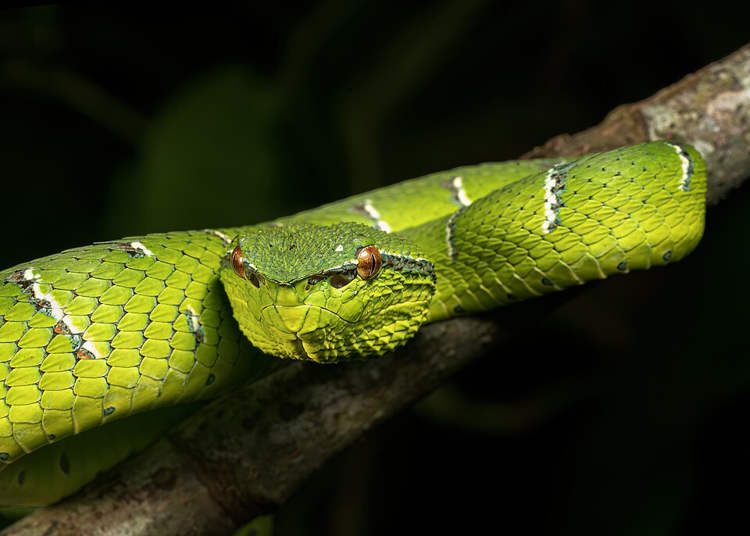What’s 31 inches long, one inch thick, has no legs, and slithers through the ground? No, it’s not a snake, it’s an earthworm! The Giant Gippsland, found in Gippsland in south-eastern Australia, is the world’s largest species of earthworms. Fully stretched, it can measure up to two meters in length.
These slithering giants are surprisingly gentle creatures. They are quite hard to spot, spending most of their lives deep underground. Higher water content in the soil helps them breathe better. Their burrows can be as deep as 3 to 5 feet below the surface. Sometimes, heavy rainfall forces them to emerge out of the dirt. You might find also find their burrows in places where there’s been a landslip.
They are quite fragile – reckless handling can crush and kill them. Only a particular type of moist soil is suitable for their survival. If you happen to walk over their water-filled burrows, they will respond to the vibration of your footsteps. They start to crawl about and make squelchy noises that are quite easy to hear. So even though the Gippsland Giants are pretty rare, you’ll know when they are around.
Giant Gippslands lay huge egg cocoons that look like brown bean pods. They lay only one egg at a time, which takes a whole year to hatch. The babies aren’t cute or tiny; they qualify as humongous in earthworm terms at 7 inches long! They don’t grow very rapidly though. It takes them about five years to reach their maximum length. We do not know exactly how long they live, but the estimated age of these remarkable creatures is 20 years.
Despite their size, the population of the Gippsland Giants in Australia is pretty small. The main causes are frequent loss of habitation, along with a slow rate of reproduction. These earthworms have been labelled ‘vulnerable’ by the International Union for Conservation of Nature Red List of Threatened Species.
Sources: Real Monstrosities, Pawnation






